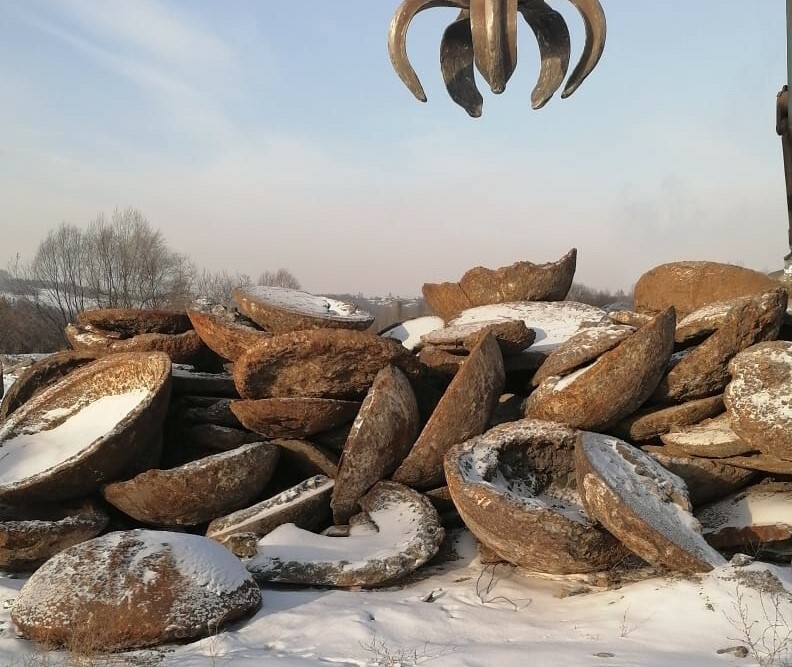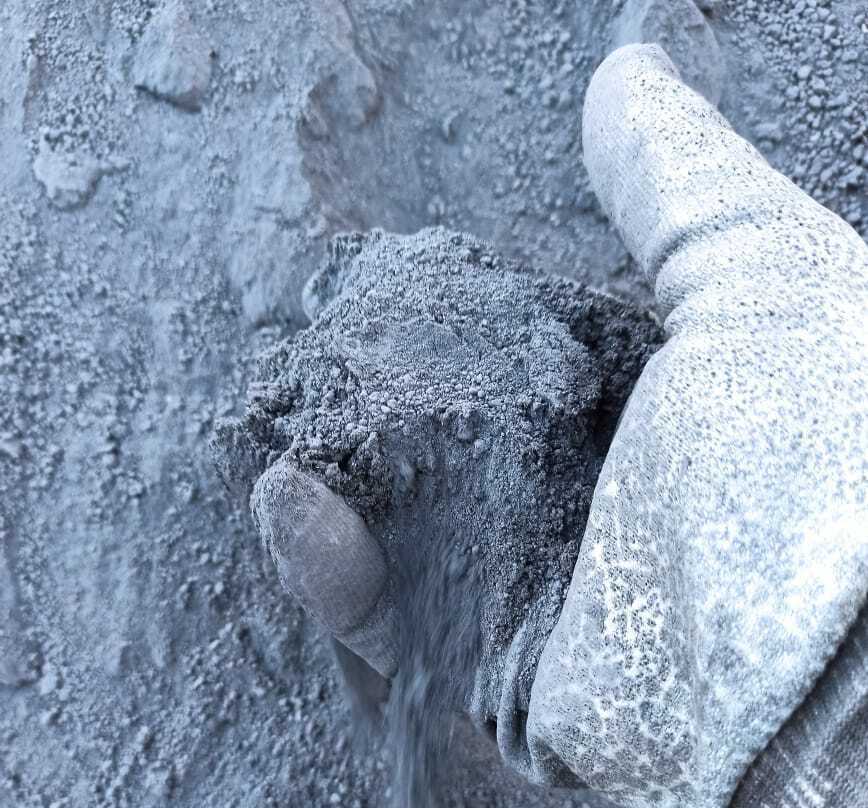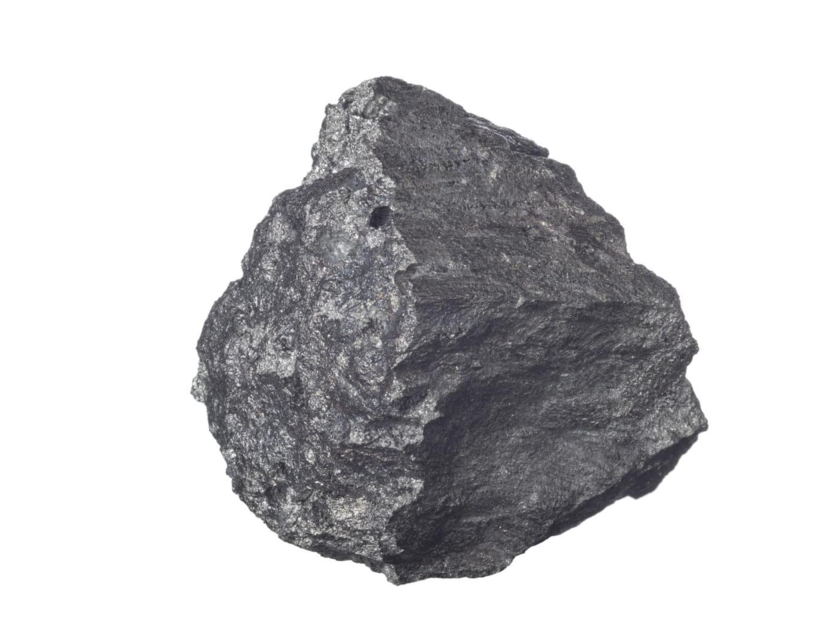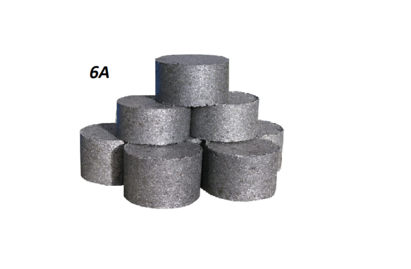Front cast iron
Front cast iron front cast iron — P1, P2; front cast iron for castings (front casting) - PL1, PL2; advanced phosphorous cast iron — PF1, PF2, PF3; advanced high—quality cast iron - PVC 1, PVC 2, PVC 3; cast iron with lamellar graphite — SCH;
Cast iron castings
Transfer iron in primary forms - the chemical composition corresponds to cast iron PL1 and PL2 HS 7201103000
Iron Ore concentrate
Iron Ore concentrate – the product of ore enrichment, the content of elements and mineralogical composition of which meet the requirements of further metallurgical processing. Iron ore concentrate is supplied as a commercial product and is used as a semi-finished product for the production of blast furnace pellets and pellets for metallization, and can also be used for the manufacture of iron-containing briquettes.
Iron ore raw materials
Iron ore raw materials – a type of metallurgical raw material used in ferrous metallurgy for the production of cast iron and metallized product (DRI and HBI), as well as in small quantities in steel smelting. Iron ore raw materials are divided into two types – prepared (agglomerated) and unprepared (non-agglomerated) raw materials.
Scrap of ferrous metals
Ferrous scrap GOST 2787-2019
- 1A is a lump metal of large dimensions to be processed in foundries;
- 2A, 2B – small (small-sized) pieces of scrap up to 65x25x25 cm in size;
- 3A – large-sized products (pipe, sheet metal, profiles, beams), large steel elements of metal structures;
- 4A, 4B – small scrap of industrial origin (nuts, nails, washers, bolts);
- 5A, 5B – pieces of steel scrap weighing up to 5 kg (large pipe fragments, beams, channels, machinery parts, scrap, etc.);
- 6A, 6B, 7A, 7B – drain and jointed chips obtained as a result of metal processing at enterprises and packaged by bagging and briquetting;
- 8A, 9A, 10A – packaged metal elements (strips, lump components, rolled sheets and other industrial waste), pressed into bags for storage and transportation;
- 11A, 11B, 12A, 12B – high-quality steel scrap prepared by sorting, cutting, crushing, packaging (long, tube, sheet metal);
- 13A, 13B – wires, cables, ropes made of steel of different quality and density, including cores, different number of turns, surface coating;
- 14A, 14B, 15A, 15B, 16A, 16B – fracture chips, drain and convolvulus chips; 17A, 17B, 18A, 19A – household items and industrial waste from cast iron (pieces of ingots, castings, fragments of pallets, ladles, pipes with a blockage (contamination) of up to 2%);
- 20A, 21A, 22A – cast iron pallets, molds, machine castings, ductile iron parts, rolled pipes with a degree of blockage up to 3%;
- 23A, 24A – chips in briquettes, including cast iron;
- 25A, 25B – enameled and galvanized lump scrap;
- 26A, 26B, 27A, 28A – additives without dimensions, steel and cast iron scale, slag from melting furnaces;
- 5B22 – manganese steels (pieces, shavings, etc.).
Metallurgical briquette
Metallurgical briquette — this is a part of the pelletized material (ore, reducing agent, etc.) mixed with a binder obtained as a result of briquetting.
Compared to the starting material, the briquette usually has a larger size, which is important for some metallurgical processes. For example, in an ore-thermal electric furnace, when using briquettes instead of fine (pulverized) raw materials, the gas permeability of the charge increases, and dust removal decreases.
In addition, the briquette may contain not only ore, but also reducing agent and flux. The close contact of these materials contributes to a more complete and rapid interaction between them.






